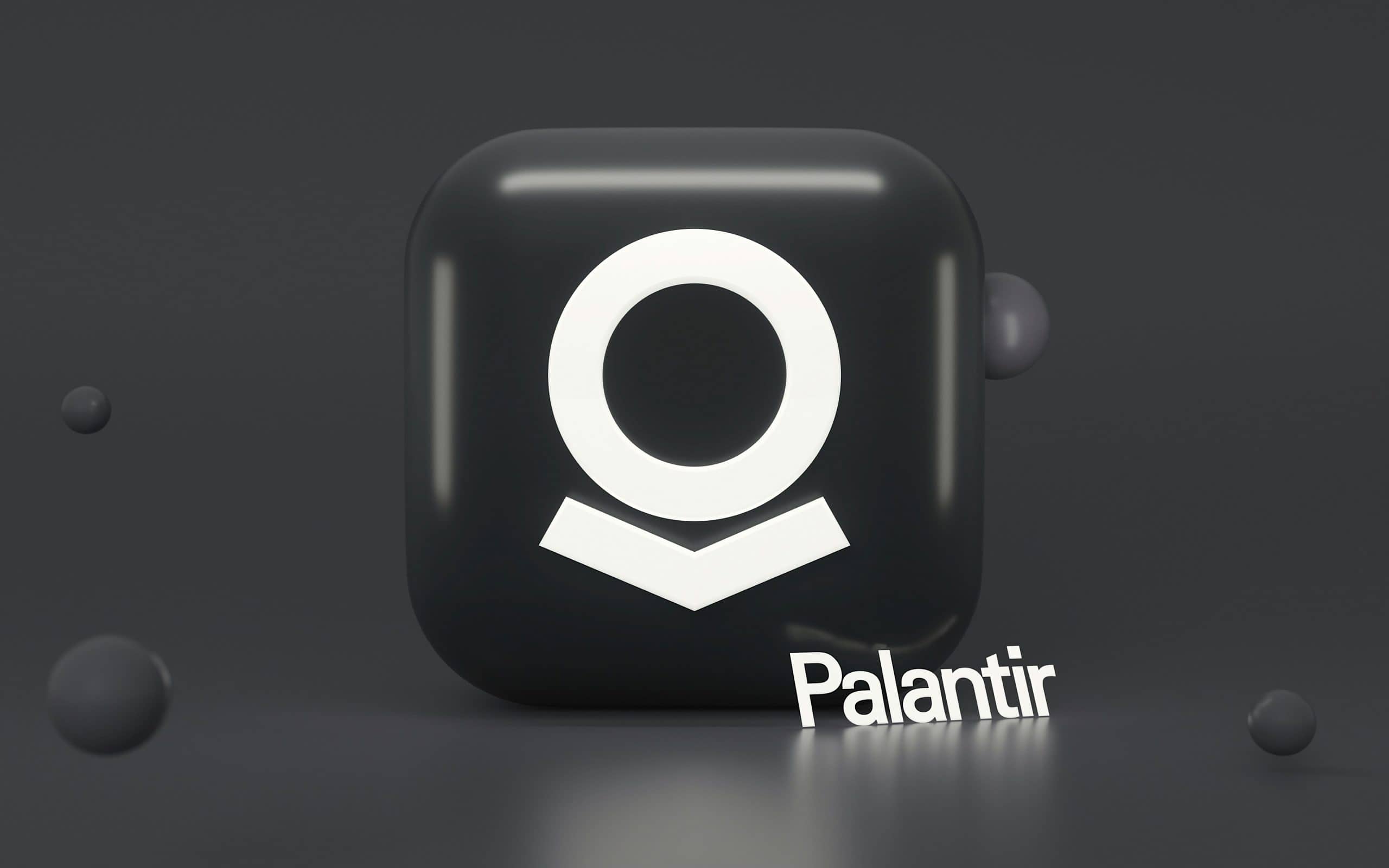Software Services
For Companies
For Developers
Products
Portfolio
Build With Us
Build With Us
Get Senior Engineers Straight To Your Inbox

Every month we send out our top new engineers in our network who are looking for work, be the first to get informed when top engineers become available

At Slashdev, we connect top-tier software engineers with innovative companies. Our network includes the most talented developers worldwide, carefully vetted to ensure exceptional quality and reliability.
Build With Us
Breaking Down Palantir builds tech stack in 2025/


Palantir is a leading software company known for its sophisticated platforms that enable large-scale data integration, analysis, and operational intelligence. With products like Palantir Foundry, Palantir Gotham, and Palantir Apollo, the company empowers governments, enterprises, and institutions to make data-driven decisions at scale. Palantir has played a critical role in domains such as national security, healthcare, logistics, manufacturing, and finance, by providing highly customizable solutions that can adapt to complex environments and evolving data needs.
In 2025, Palantir continues to innovate by combining cutting-edge engineering practices with a robust and scalable tech stack. Their platforms are designed to handle massive datasets, orchestrate real-time operations, and enable both technical and non-technical users to collaborate effectively. With a focus on secure and compliant infrastructure, modular application design, and seamless deployment at the edge or in the cloud, Palantir is setting new standards in enterprise software.
Frontend
- React: Palantir uses React to build interactive and highly dynamic user interfaces. This allows analysts and operators to explore and visualize data through intuitive dashboards and modular apps.
- TypeScript: The frontend codebase is written in TypeScript to improve developer productivity and catch errors early through strong typing.
- GraphQL: Used for efficient data querying, GraphQL helps streamline communication between the frontend and backend, minimizing over-fetching and enabling faster UI rendering.
- BlueprintJS: An open-source React UI toolkit developed by Palantir itself, BlueprintJS powers much of the design system and consistent UI components across its products.
Backend
- Java & Scala: Palantir’s core services are built in Java and Scala, chosen for their performance, scalability, and compatibility with big data frameworks.
- Kotlin: Increasing adoption of Kotlin, especially in new services, helps streamline backend development with concise syntax and full Java interoperability.
- Python: Frequently used for building microservices and data pipelines, particularly in machine learning and analytics modules.
- gRPC: For inter-service communication, Palantir uses gRPC, enabling efficient binary protocols and strong API contracts between services.
Data & Analytics
- Apache Spark: Palantir relies heavily on Apache Spark for distributed data processing, allowing rapid computation over massive datasets.
- PostgreSQL: A go-to choice for structured data and transactional workloads, PostgreSQL is used in various operational databases within Foundry.
- Apache Kafka: Employed for real-time data streaming, Kafka allows Palantir to ingest and process high volumes of data from distributed systems.
- ElasticSearch: Used for full-text search and fast querying, especially in data exploration and monitoring tools.
Infrastructure & Deployment
- Kubernetes: Kubernetes is at the heart of Palantir’s deployment model, orchestrating containerized workloads across cloud, hybrid, and on-prem environments.
- Docker: Every component, from microservices to data pipelines, is packaged as Docker containers to ensure portability and consistency.
- Apollo: Palantir’s proprietary DevOps platform, Apollo, enables continuous delivery of software across secure and air-gapped environments. It allows for precise version control, rollback, and remote updates—even in offline or battlefield settings.
- Terraform: Infrastructure as Code (IaC) is managed through Terraform, enabling Palantir to deploy and scale infrastructure rapidly and reliably.
- AWS / Azure / Government Clouds: Palantir platforms are designed to be cloud-agnostic. They operate on commercial cloud providers like AWS and Azure, as well as highly secure government and air-gapped environments.
Machine Learning & AI
- ONNX & PyTorch: Palantir supports model deployment and inference using ONNX and PyTorch, helping data scientists integrate ML models into operational pipelines.
- Foundry Code Workbook: A low-code environment that allows users to write Python, SQL, and R scripts for exploratory data analysis, model training, and automation.
- MLFlow Integration: For experiment tracking, model lifecycle management, and reproducibility, Foundry integrates with MLFlow.
Collaboration & Development
- Git: Git remains the backbone of version control for Palantir’s codebase, data assets, and configuration files.
- GitHub Enterprise: Used for collaboration, code reviews, and integrations with CI/CD pipelines.
- Bazel: Palantir uses Bazel for its internal build system, allowing fast, reproducible builds at scale.
- Jenkins & GitHub Actions: For continuous integration and automated testing across large codebases.
Palantir’s 2025 tech stack reflects its unique mission: to build software that solves the world’s hardest problems. Whether it’s deploying analytics to a battlefield edge device or running simulations for a global supply chain, Palantir combines military-grade security, industrial performance, and consumer-grade usability in a single, elegant stack.

